Mastering Your Digital Customer Experience Strategy in 2025
In this article, we'll explain what a digital customer experience (DCX) strategy is and how you can create one to boost customer engagement.
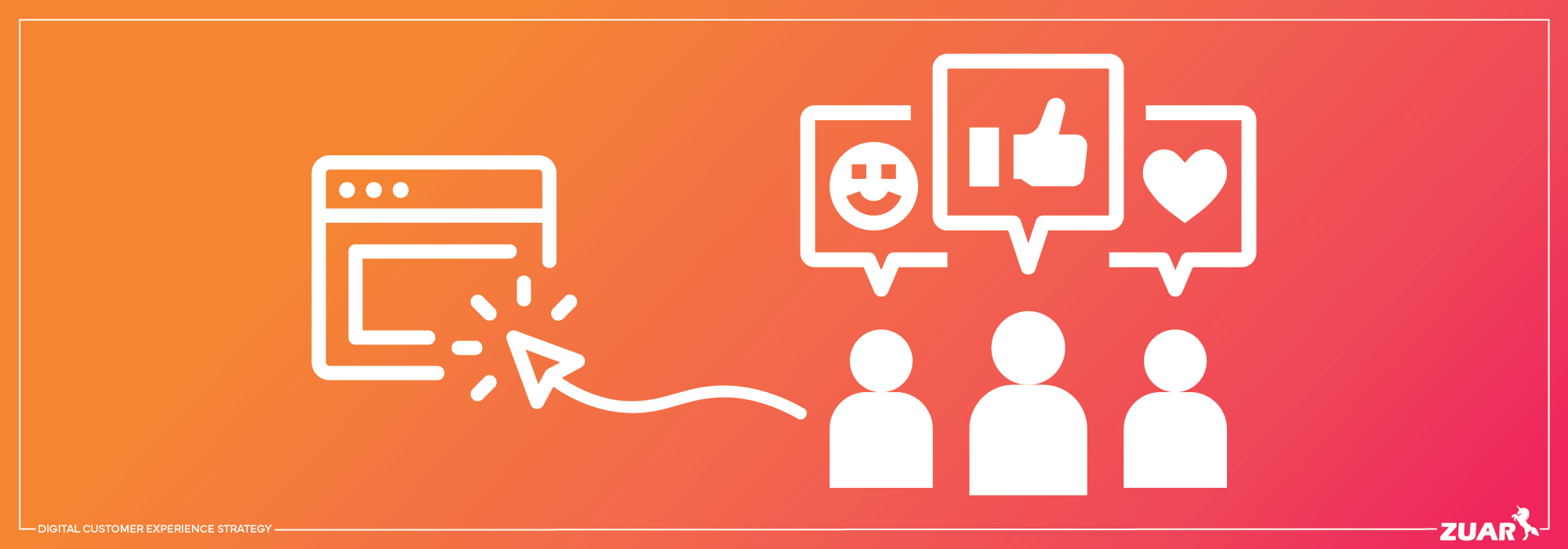
Overview
What sets a business apart in today’s digital-first world? A strategic approach to digital customer experience strategy is the answer for many organizations.
This article dives straight into how businesses can design a strategy that turns every digital interaction into a competitive advantage. We'll provide a pathway to enhancing digital touchpoints with practical advice for delivering a superior online customer experience.

What Is Digital Customer Experience (DCX)?
Digital Customer Experience (DCX) encapsulates all online interactions a customer has with a brand.
This concept extends beyond mere digital functionality; it's about the overall impression and satisfaction a customer gains from digital engagements with a brand.
Central to this experience is the design and layout of digital platforms, such as websites and apps, where an effective user interface (UI) and user experience (UX) are critical.
Personalization also plays a key role, as it involves customizing the experience to individual preferences, like product recommendations based on previous interactions.
Equally important is the consistency across various digital channels (mobile apps, websites, social media, etc.), ensuring a seamless transition for customers switching between these platforms.
Lastly, the efficiency of digital interactions, manifested in quick load times and streamlined processes, contributes to a satisfactory digital customer experience.
Overall, DCX is an all-encompassing concept focusing on the quality of digital interactions, which shapes the overall perception and satisfaction of customers with a brand, making it a critical component in modern business strategies.
Hear from Zuar's VP of Customer Solutions, Greg Rossi, about how businesses can master their digital customer experience strategy:

What Is a Digital Customer Experience Strategy?
A digital customer experience strategy is a holistic plan that a company adopts to enhance its customer interactions in the digital realm.
It begins with understanding customer needs and behaviors through data analytics and customer feedback, which helps in tailoring the digital experience.
Central to this strategy is customer support and service, where digital tools like chatbots, AI, live chat, and self-service portals are integrated to offer quick and efficient assistance.
Measuring the effectiveness of this strategy through various key performance indicators (KPIs) and metrics is critical for ongoing improvement.
A successful DCX strategy requires collaboration across various departments and a commitment to evolve with changing customer expectations and technological trends.
Learn how Zuar can supercharge your data-driven marketing efforts:
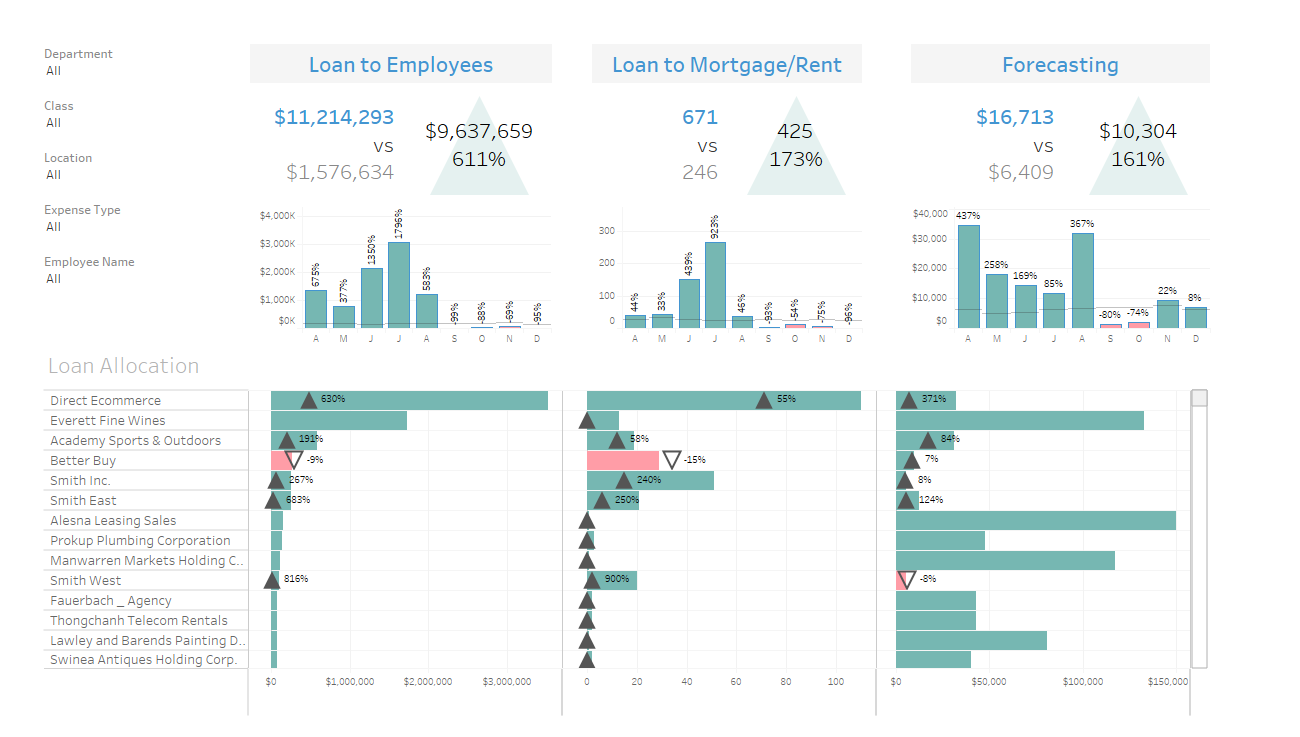

Key Components of a Successful Digital Customer Experience Strategy
Crafting a successful digital customer experience strategy doesn’t happen overnight and isn’t based on a single element. Instead, it’s a fusion of multiple facets, with each playing a pivotal role in its success.
Among these components, an omnichannel approach, personalization, and data-driven insights stand out as key pillars.
Omnichannel Approach
In an era where multichannel customer-business interactions are commonplace, an omnichannel approach has become a necessity. This approach is designed to provide a consistent and seamless experience across all customer touchpoints, enhancing satisfaction and fostering loyalty.
An omnichannel approach boosts customer satisfaction and loyalty by providing a seamless, consistent experience across different channels. This results in:
- Heightened customer satisfaction and loyalty
- The ability for customers to transition effortlessly between channels
- A unified brand experience
Personalization
Personalization comprises another key element of an effective digital customer experience strategy. Given the abundance of options and the competitive nature of the digital environment, businesses not providing personalized experiences run the risk of frustrating and dissatisfying their customers.
Personalization provides experiences tailored to individual preferences and behavior, leading to higher conversion rates due to the increased relevance of the experiences.
By acknowledging and responding to the unique preferences and behaviors of individuals, businesses can foster a more connected and rewarding relationship with their customers, ultimately enhancing customer loyalty and contributing positively to business outcomes.
One example of personalization in DCX is Zuar Portal's role-based access. Zuar Portal is a solution that allows companies to provide their customers with self-service analytics dashboards.
By determining users' roles within the system, companies can personalize their dashboards and data visualizations, ensuring that each user can easily access only the insights that are important to them in a fully-branded data portal.
By providing customers with a personalized experience, customers see only the information that's relevant to them, leading to a more efficient and satisfying interaction with the digital platform.
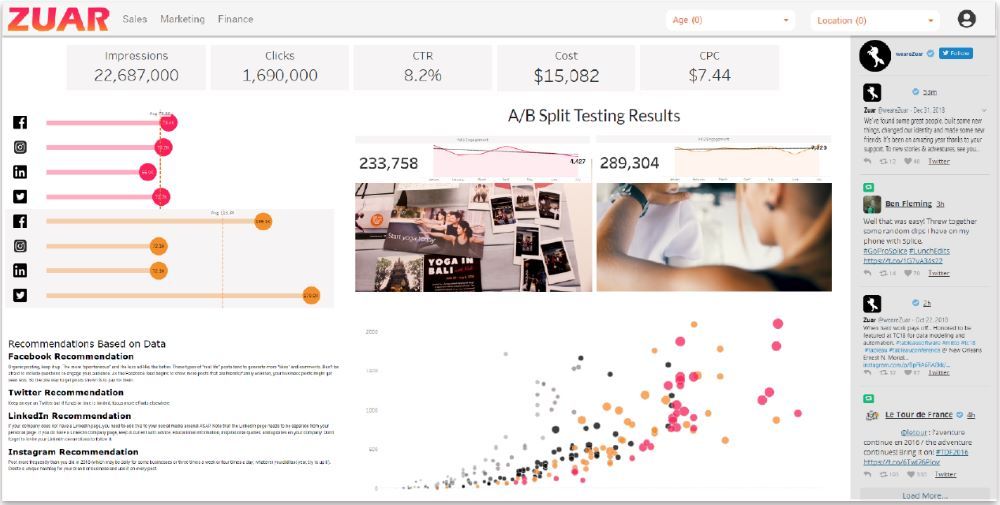
Data-Driven Insights
In the current data-oriented era, businesses not utilizing data-driven insights risk lagging behind. These insights, acquired through the analysis of data from customer interactions, are crucial to improving the overall customer experience.
This customer experience analysis assists businesses in identifying customer pain points and making well-informed decisions to improve the overall customer experience.
For example, businesses can use analytics and tracking software to collect data and recognize patterns in user behavior across different channels and devices, enabling them to offer more personalized experiences and improve customer satisfaction.
Related Article:
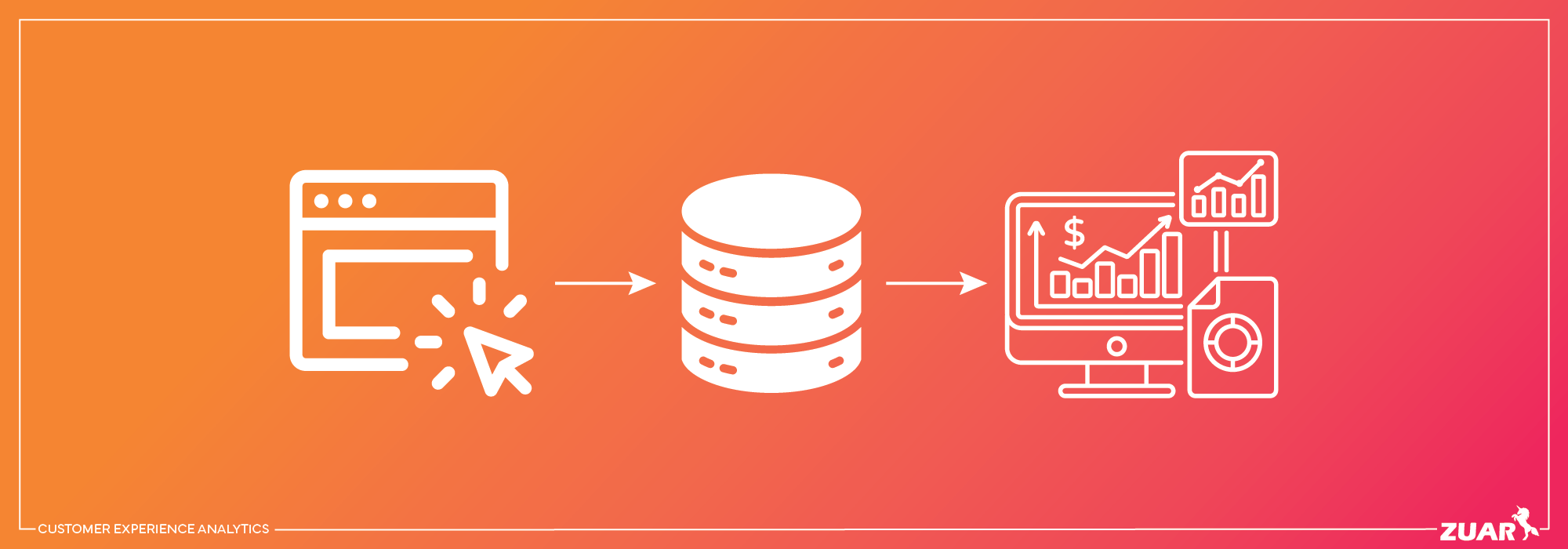

Implementing Your Digital Customer Experience Strategy
The implementation of a digital customer experience strategy isn’t a one-off task. It necessitates ongoing commitment and a deep comprehension of the customer journey.
The implementation process typically involves mapping the customer journey, utilizing customer feedback, and continually optimizing the experience.
Mapping the Customer Journey
Mapping the entire customer journey involves tracking a customer’s interactions with a business, from the initial point of contact to the final purchase or interaction.

This process is crucial for understanding and improving the customer experience. It allows businesses to step into their customers’ shoes and see their brand from the customer's perspective, identifying key interactions that shape the overall perception of the brand.
Effective journey mapping requires gathering and analyzing data from every touchpoint. Surveys, feedback forms, website analytics, and customer service records are valuable sources of information.
The overarching goal is to identify pain points, moments of delight, and opportunities for improvement.
Utilizing Customer Feedback
Customer feedback is a gold mine of insights for businesses looking to improve their digital customer experience.
By effectively gathering customer insights through various touchpoints, including social media, personalized post-purchase communications, and quick online surveys, businesses can identify recurring pain points across different channels and make necessary adaptations based on the feedback.
In addition to identifying areas for improvement, integrating customer feedback has the following benefits:
- Demonstrates to customers that their opinions are esteemed by the brand
- Cultivates a favorable relationship with customers
- Has the potential to enhance the overall experience
Continual Optimization
Continual customer experience optimization involves ongoing efforts to keep businesses ahead of customer expectations and industry trends, ultimately contributing to long-term success. This ongoing process of improvement involves:
- Prioritizing enhancements in the digital customer experience at every interaction point
- Establishing a comprehensive CX strategy encompassing elements like channel flexibility, accessibility, service convenience, and purchase experience
- Assessing the business impact of any modifications made to the customer journey

Essential Tools and Technologies for Digital Customer Experience Management
In their endeavor to deliver an outstanding digital customer experience, businesses can employ a plethora of tools and technologies. Among these, AI-powered chatbots, analytics and tracking software, and custom customer portals stand out as vital tools for managing digital customer experience.
AI-Powered Chatbots
AI-powered chatbots have revolutionized the way businesses interact with customers and through enhanced customer experience automation.
These chatbots are advanced chat interfaces that leverage AI and machine learning to replicate human conversation and comprehend user inquiries. Their ability to promptly address common queries, minimize waiting periods, and facilitate seamless user support significantly enhances the digital customer experience.
AI-powered chatbots contribute to the reduction of customer wait times by efficiently handling common inquiries, increasing the resolution rate of first contact, and minimizing the need for call transfers and callbacks.
They are powered by technologies like natural language processing (NLP), machine learning (ML), and artificial intelligence (AI), which allow them to respond intelligently and engage in human-like conversations.
While this tool can help you scale your customer interaction and increase efficiency, there are also drawbacks, such as AI perpetuating biases or inaccuracies and a lack of genuine human interaction.
If utilized incorrectly, AI-powered chatbots can leave your customers with a negative impression of your brand. Conversely, if implemented correctly, they can provide benefits to both the company and the customer.
Analytics and Tracking Software
In today’s data-driven world, analytics and tracking software are indispensable tools for any business looking to improve its digital customer experience. These tools allow businesses to collect data and recognize patterns in user behavior across different channels and devices.

Customer analytics software can collect data and recognize patterns in user behavior across different channels and devices. This enables companies to offer personalized experiences by gaining insights into customer behavior, preferences, and requirements.
Using these valuable insights, businesses can enhance the digital experience for their customers.
Custom Customer Portals
Custom customer portals can enhance the digital customer experience by offering numerous benefits. Firstly, they provide a highly personalized experience, tailoring content to individual customer preferences based on their role or past interactions and data.
This personalization adds significant value to the customer's journey. Additionally, these portals offer unmatched convenience and accessibility, allowing customers to access a range of services. This reduces the need for direct interaction with customer service, streamlining the overall process.
The integration of these portals with other digital tools and platforms, like CRM systems and BI platforms, ensures a seamless experience across different customer interaction channels.
One such solution is the aforementioned Zuar Portal. This solution is designed for companies looking to create analytics portals for internal or external stakeholders.
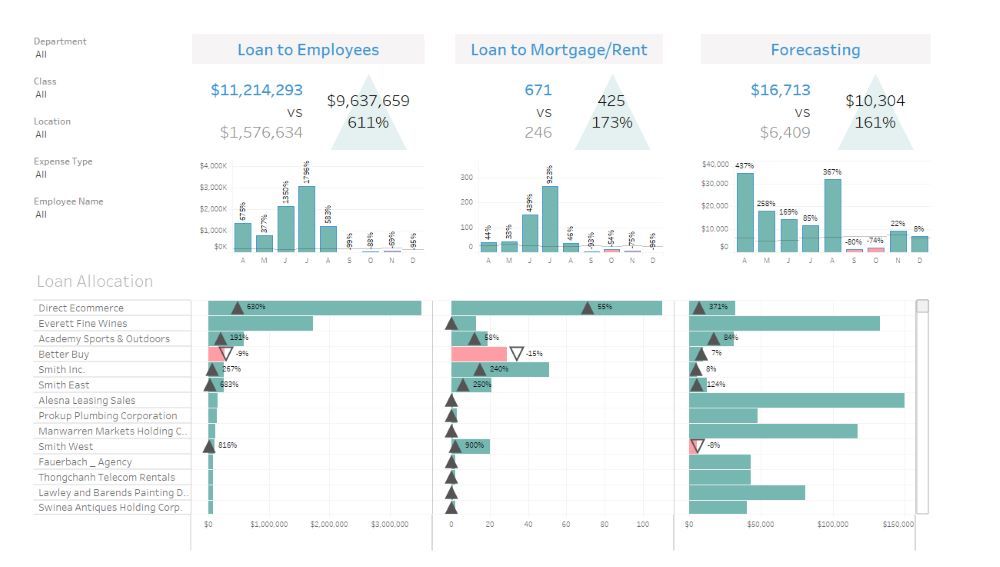
As a white-label solution, companies can monetize their data by offering their customers a fully branded analytics portal with dashboards and data visualizations tailored to meet their specific needs.
Start a free trial to learn more:

Measuring the Success of Your Digital Customer Experience Strategy
Upon the establishment of a digital customer experience strategy, measuring customer experience satisfaction is paramount. This can be achieved by tracking key metrics such as Customer Satisfaction Score (CSAT), Net Promoter Score (NPS), and Customer Lifetime Value (CLV).
Customer Satisfaction Score (CSAT)
Customer Satisfaction Score (CSAT) is a widely utilized metric to gauge the level of satisfaction among customers regarding a company’s products or services.
This metric is derived from customer feedback and is typically represented as a percentage, with 100% indicating high satisfaction and 0% reflecting low satisfaction.
Another metric that can be used in conjunction with CSAT is the Customer Effort Score (CES), which measures the ease of interaction with the company.
CSAT contributes to enhancing digital customer experience by furnishing insights to better align with customer expectations and enhance overall satisfaction. It is determined by dividing the number of satisfied customers (those who rated 4 or 5) by the total number of responses.
Net Promoter Score (NPS)
Net Promoter Score (NPS) is another crucial metric for evaluating customer loyalty and satisfaction. This metric is derived from a single survey question, which inquires about the likelihood of recommending a company or product.
The resulting score falls within the range of -100 to +100, with elevated scores denoting greater customer loyalty.
NPS serves as an indicator of customer loyalty and satisfaction by offering a comprehensive view of the overall customer experience. A higher likelihood of customers recommending your business signifies elevated customer satisfaction and a favorable customer journey.
Customer Lifetime Value (CLV)
Customer Lifetime Value (CLV) is a metric that evaluates a customer’s overall value to a business throughout their relationship.
It is calculated using the formula Customer Lifetime Value = Customer Value x Average Customer Lifespan, which assesses the revenue generated by a customer over their interaction with the company.
A higher CLV suggests that satisfied customers are more inclined to maintain their business relationship with a company. Additionally, loyal customers have a tendency to:
- Spend more over their lifetime
- Refer others to the company
- Be less price-sensitive
- Be more forgiving of occasional mistakes
All of these factors contribute to an elevated CLV.

Customer Experience Strategy Next Steps
As we've illustrated, a robust digital customer experience strategy is crucial for businesses to stay competitive in today’s digital landscape.
Creating such a strategy, however, can be a daunting task. Staying abreast of technological advancements and incorporating innovative solutions is essential to ensure the strategy remains effective and adaptive. That's where Zuar comes in.
By utilizing Zuar Labs (our data services team), you can create a comprehensive data strategy that encompasses everything from data architecture and modeling to ground and individual enablement. Data is the backbone of the digital customer experience, so we'll help you make sure you get it right, the first time.
Additionally, our data solutions make analyzing that data a breeze. Our ELT platform, Zuar Runner, integrates data from hundreds of potential sources and consolidates it in a data warehouse or lake, fully prepped for analysis.
Zuar Portal can then be used to create unique analytics hubs for internal stakeholders (such as executives and employees) or external stakeholders (like customers and vendors).
With all the important data insights in one convenient location, your stakeholders can make informed decisions efficiently, fostering collaboration and enhancing overall organizational performance.
Learn more by meeting with one of our friendly data experts for a consultation:





